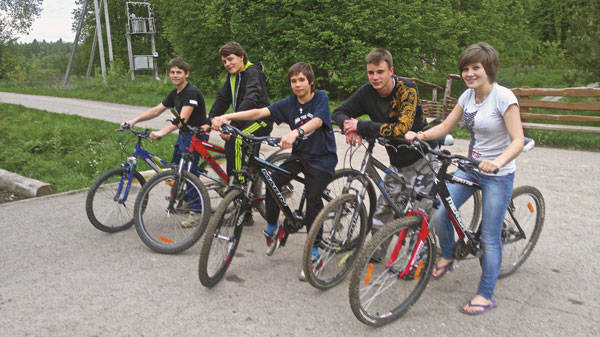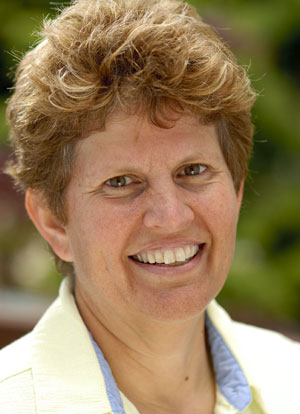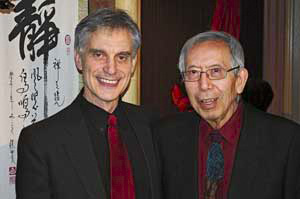What does it mean to ‘have a voice’?
Leah Hokanson reflects on the healing power of the voice.
Leah Hokanson (Giving Voice, April 26-28) writes:
Each of us has, as part of our physiology, two folds of mucous membrane, located inside the larynx, called vocal cords. When air passes over them (while breathing), and when we consciously engage them, they vibrate together and make sound. We call this sound our voice. The speed (frequency) of the vibration determines the pitch of the voice: faster is higher, slower is lower. The length and size of the vocal cords also determine pitch – for example, women and girls’ voices tend to be higher because their vocal cords are shorter and thinner.
Of course, all of this is true. But there is so much more to having a voice.
Over the past several years I’ve had the privilege of studying with a number of vocal sounding pioneers, healers, and improvisors, including Chloé Goodchild (thenakedvoice.com), David Hatfield (davidhatfield.ca), Jill Purce (healingvoice.com), Rhiannon (rhiannonmusic.com), and Karina Schelde (soulvoice.net). Each has an approach to vocal sounding as unique as the voice itself, and each embodies the power of self-created sound to heal and transform. And each, in their own way, has helped me to recognize how “having a voice” is so much more than a capacity to articulate speech, or a (culturally prescribed) ability to sing. (Please note: I do get the necessity of speech, and I love to sing!)
So what does it actually mean to have a voice? Think of it this way: We are vibrational beings living in a vibratory Universe, each possessing an innate ability to make sound through the voice. Then consider that you also have the capacity to engage this innate ability consciously.
Sounds simple, doesn’t it? Can it really be that basic? Rather than try to convince you, I’ll invite you to experience just a taste of it for yourself. Take a few minutes to give this a try:
- Close your eyes, feel the support of the chair under you, and the floor under your feet.
- Take a moment and listen to the sound of your breath – the sound of your inhale, the sound of your exhale.
- Set a simple intention, like “I am present” or whatever fits for you.
- Breathe, hum out loud, and listen to the sound of your hum: repeat for 10 breaths.
What do you notice? Do you feel calmer? More centred or grounded? More spacious?
There are a lot of reports these days on the health benefits of singing, humming, chanting, toning, and other ways of engaging the voice (Google “benefits of humming” to see what I mean). Sound healing pioneers Andi and Jonathan Goldman wrote an entire book on the subject (recommended!) called The Humming Effect: Sound Healing for Health and Happiness. Although they go into considerable detail about the specific ways that humming is beneficial, the underlying premise of the book is that all of us (you too) have ― literally under our noses ― access to a veritable chorus of possibilities for healing and transformation through our own self-created sound.
Of course, there is nothing new about the healing power of the voice: It is an essential aspect of “having a voice,” one shared by Indigenous cultures and spiritual traditions since time immemorial. Perhaps what is new is that more and more people are (re)discovering and reclaiming this power. And why is that? I see a growing recognition that having a voice means we have a powerful way to explore and express the fullness of all that we are ― in mind, in body, and in spirit.
*******************
Join Leah Hokanson April 26-28 for Giving Voice.







